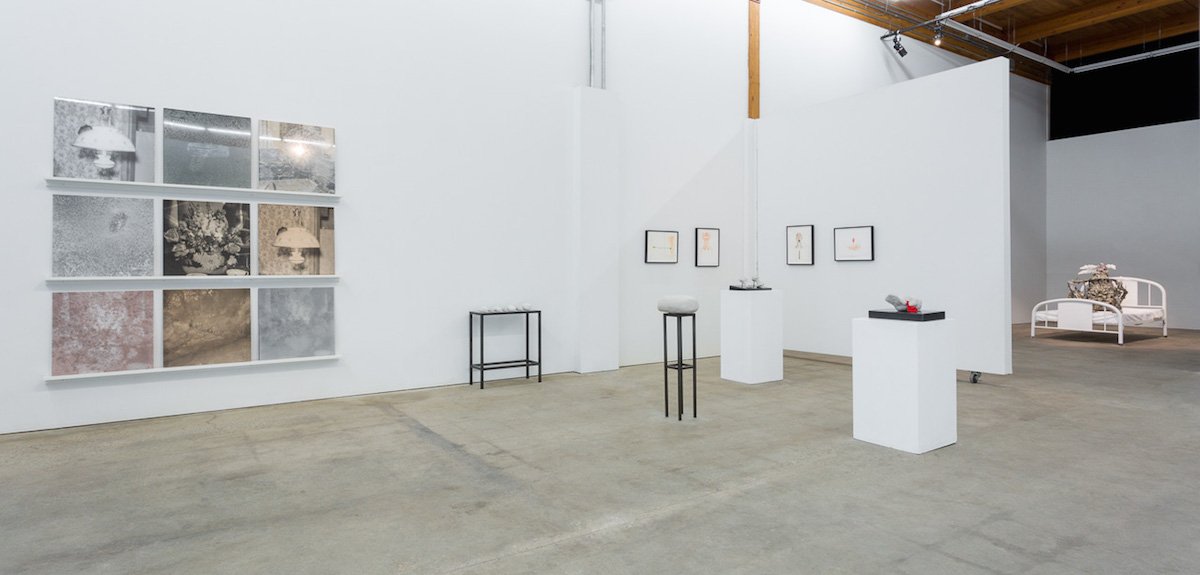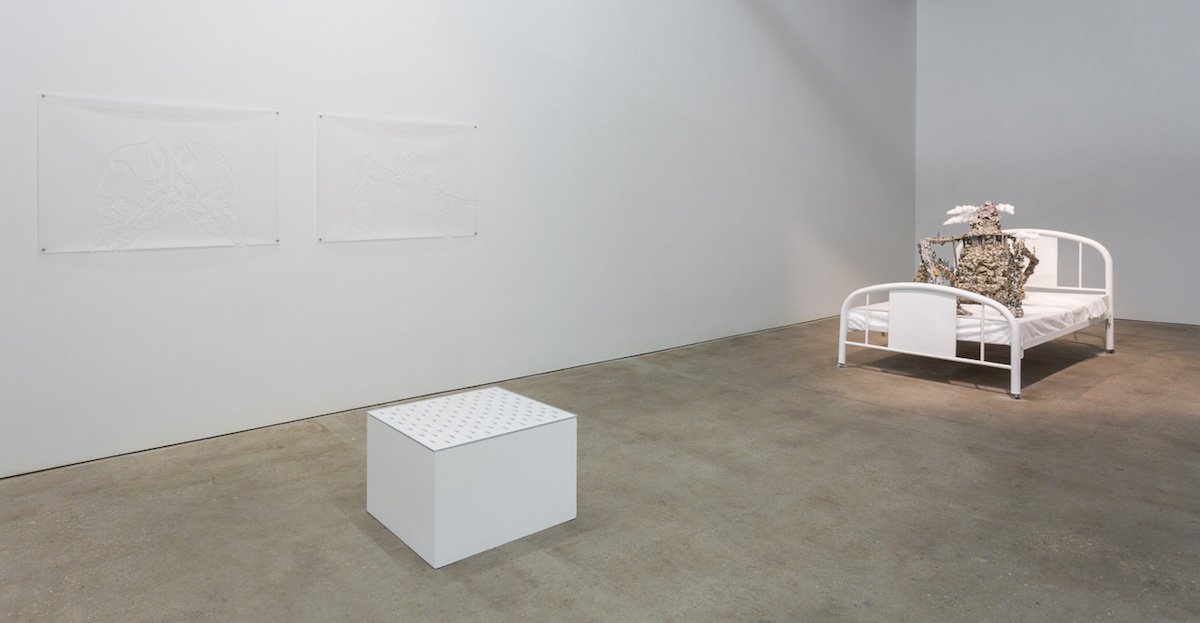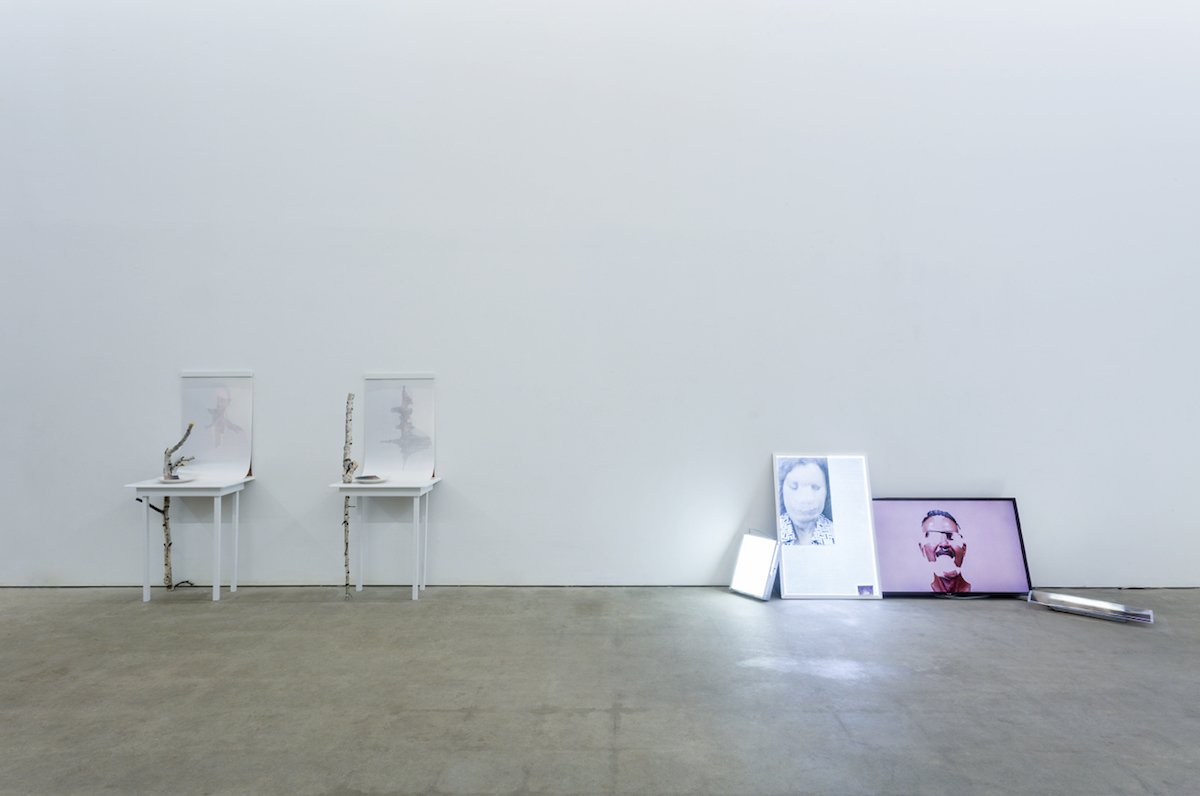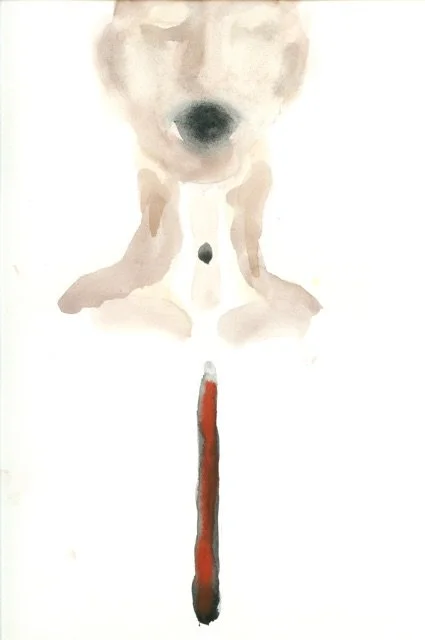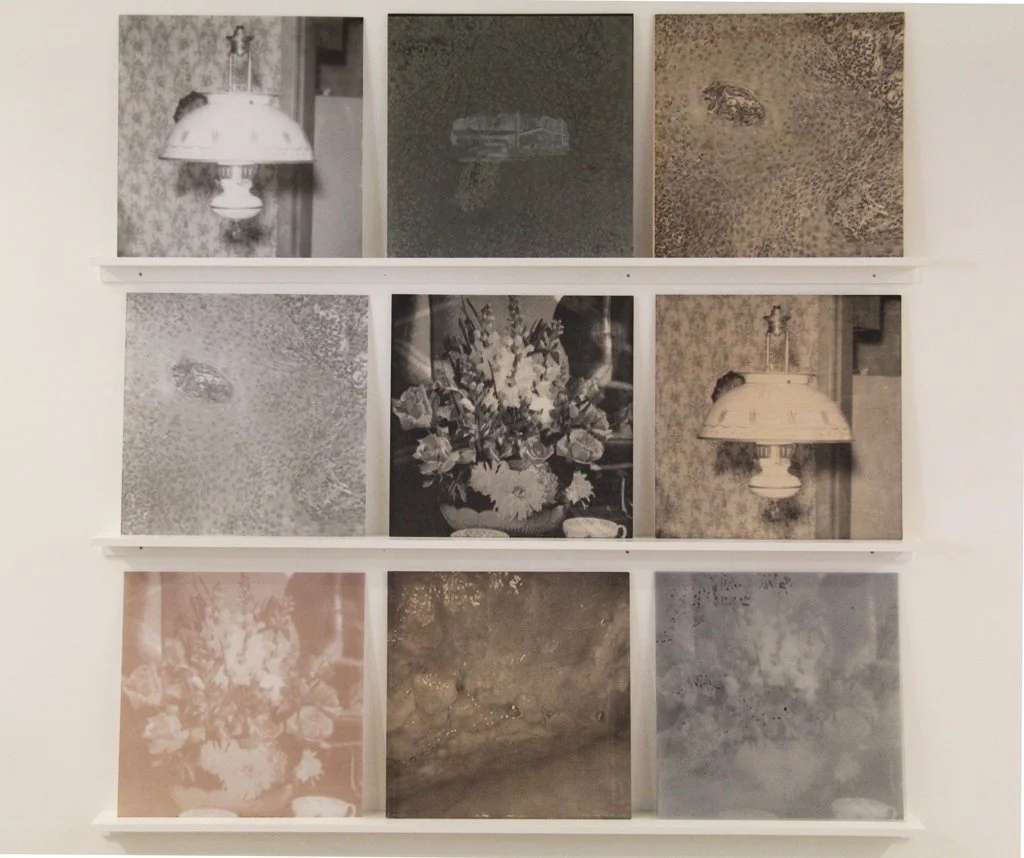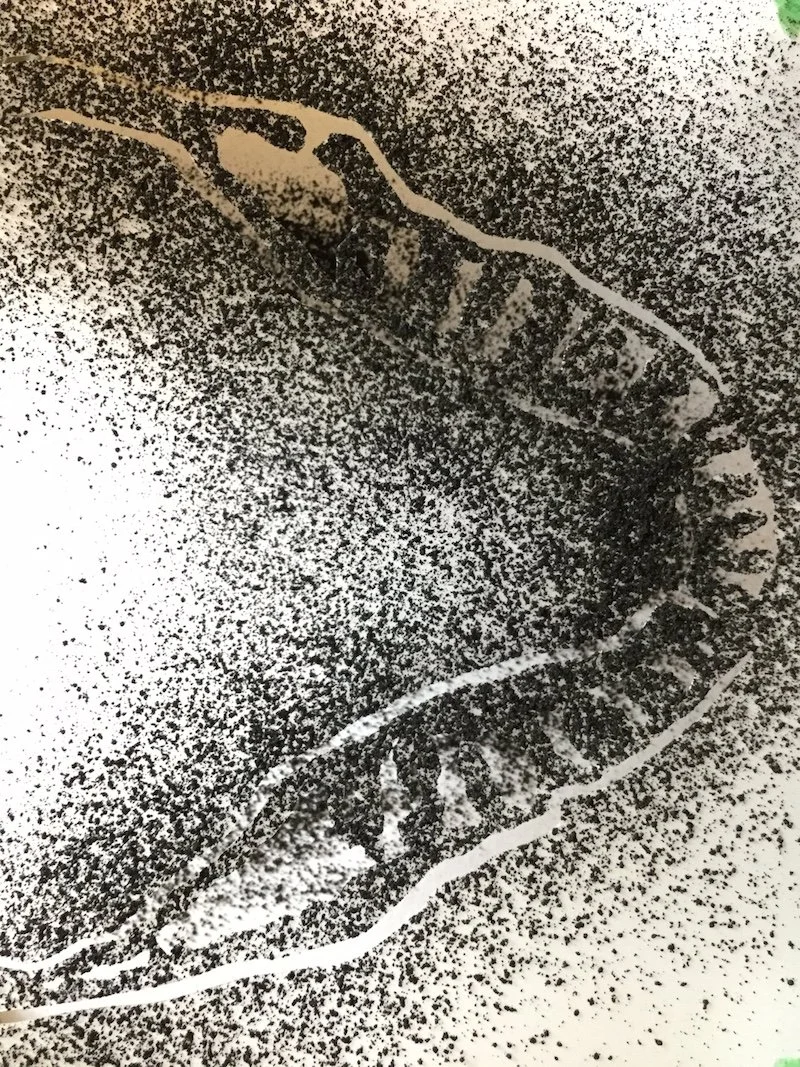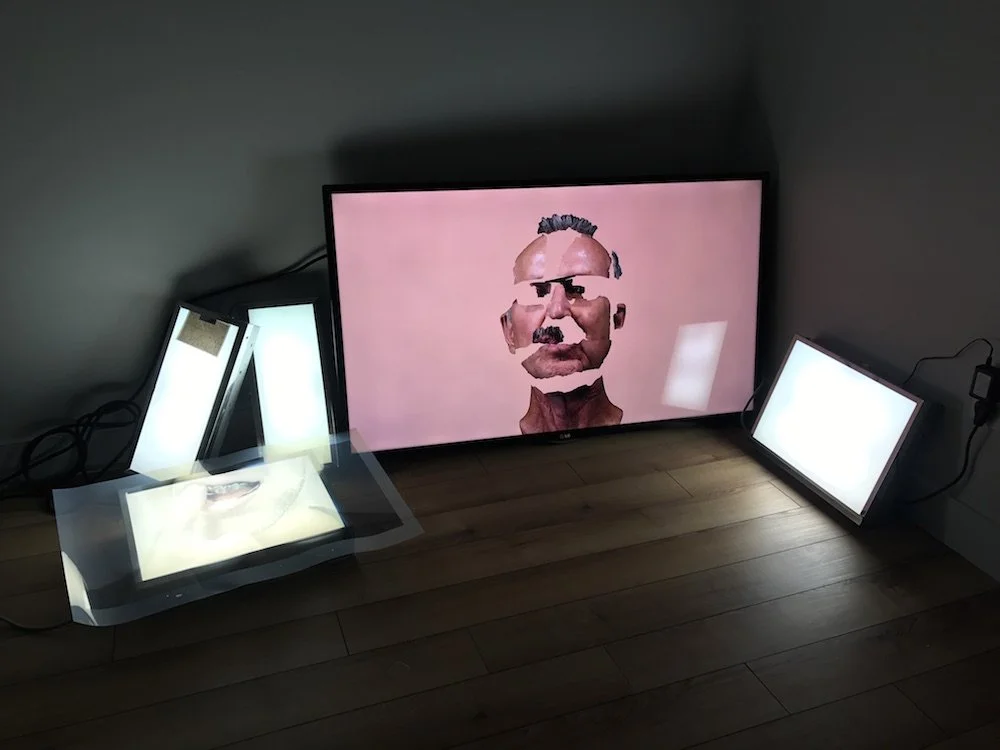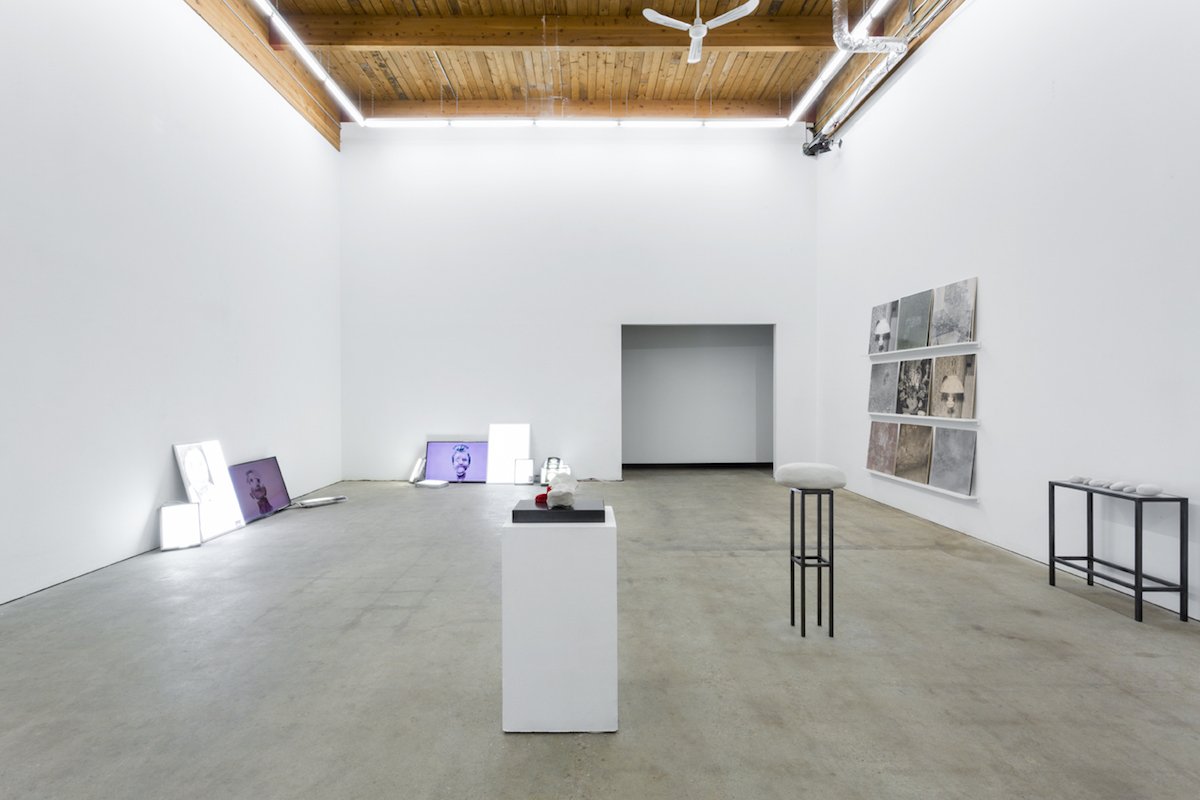
Flux
Responding to Head and Neck Cancer
January 5 – 21, 2017Featuring: Brad Necyk, Heather Huston, Ingrid Bachmann, Jill Ho-You, Jude Griebel, and Sean Caulfield
Curated by Lianne McTavishOpening Reception | Thursday, January 5, 7-10pm
dc3 Art Projects is proud to host FLUX: Responding to Head and Neck Cancer. For the past year, artists, writers, and medical professionals have been listening to, learning from, and collaborating with people recovering from head and neck cancer. This has resulted in FLUX, an exhibition featuring work by six participating artists, ranging from video installation to photography, print, sculpture, and drawing. The diverse works reveal aspects of the cancer experience that often remain hidden. Appealing to all of the senses, they convey the confusion, catastrophe, and hope associated with a serious illness, showing that healing is an uneven and continuous process.
FLUX is presented in partnership by the University of Alberta’s Faculty of Medicine and Dentistry and Faculty of Arts, dc3 Art Projects, Killam Laureates, Kule Institute for Advanced Study (KIAS) and Alberta Innovates – Health Solutions (AIHS).
For further information about this project please visit seemehearmehealme.com.
FLUX: Responding to Head and Neck Cancer
The concept of flux is useful for thinking about the challenges of head and neck cancer, for the term has multiple, contradictory meanings. In contemporary English, flux refers to fluidity and unrest. When we say that something is in constant flux, we imply that it is both unknowable and unmanageable, attributes that can be seductive but also evoke fear. The term has increasingly negative associations within a medical context, where flux describes an excessive discharge of fluid from the body. An unpleasant perception of flux indicates that danger might be lurking beneath the skin.
There are also positive associations with the term flux. In metallurgy, flux is a substance used to refine metals by combining with impurities to form a molten mixture that can be removed. This sense of cooperation as well as cleansing continues in another, more chemical definition of flux: it is an ingredient added to dental porcelain because its low melting temperature helps to bond silica particles. Both technical understandings of flux suggest the practical interventions used by health care professionals to treat head and neck cancer patients, including the careful reconstruction of the teeth of people recovering from invasive surgery and the effects of radiation therapy.
While this exhibition entitled FLUX embraces all of these possible significations, it highlights the ways in which contemporary artists can also enter the realm of head and neck cancer to invite exploration of its meaning. The six participating artists were invited to collaborate with, learn from, and expand understanding of the experience of head and neck cancer, from the perspective of those who have been diagnosed with this form of cancer along with their family members. By exchanging ideas with head and neck cancer patients, listening to their stories, and attending interactive workshops, the artists agreed to face the daunting and perhaps impossible task of representing the knowledge and experience of another. This approach was risky, necessitating a swerve away from standard methods of artistic practice.
The works in the exhibition FLUX are united in their dedication to exploring, representing, and recreating the stories, experiences, and embodied knowledge of people recovering from head and neck cancer. The range of responses, materials, and formats on display, however, indicates the complexity of this topic and the multiple reactions it can provoke. All six artists have thoughtfully and imaginatively provided new ways to think about and understand head and neck cancer, without attempting to simplify or sanitize this disease and its impact. In addition to respecting the varied paths of people undergoing cancer treatment, this show acknowledges that different visitors will bring their own bodies and histories to the exhibition, providing them with open-ended questions, rather than easily digested answers. In keeping with the overall theme of flux, this collaborative, interdisciplinary, and interactive exhibition shows that human bodies are enduring and malleable, subject to disaster but also to repair.
– Lianne McTavish, University of Alberta
(Full curatorial essay is forthcoming in the catalogue to be published by the University of Alberta Press)
